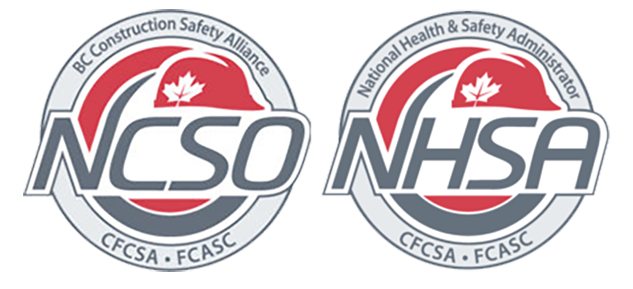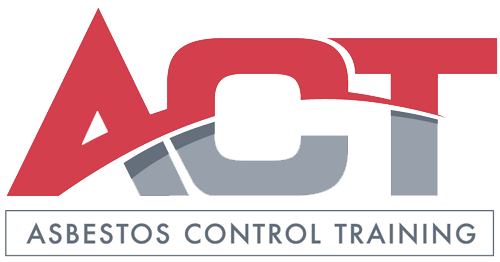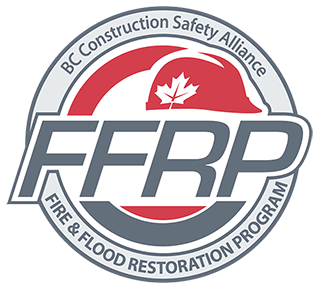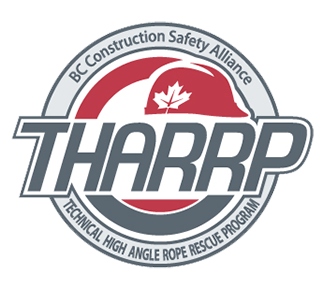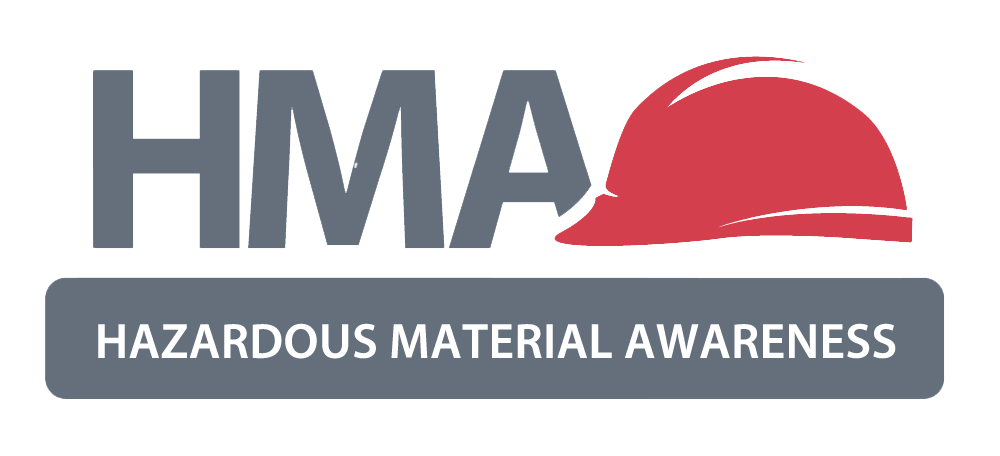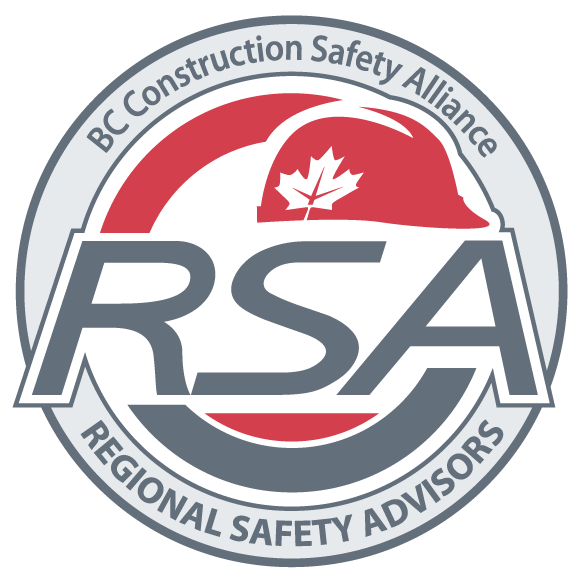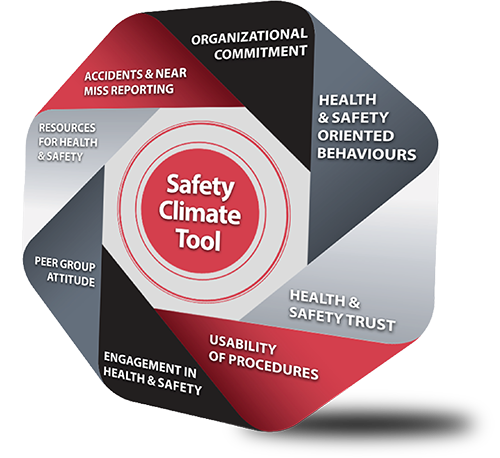Traffic Control Person (TCP) Program
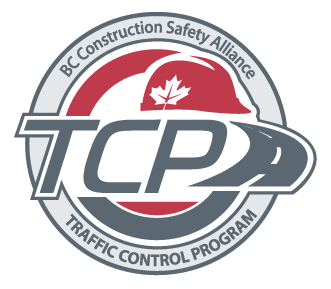
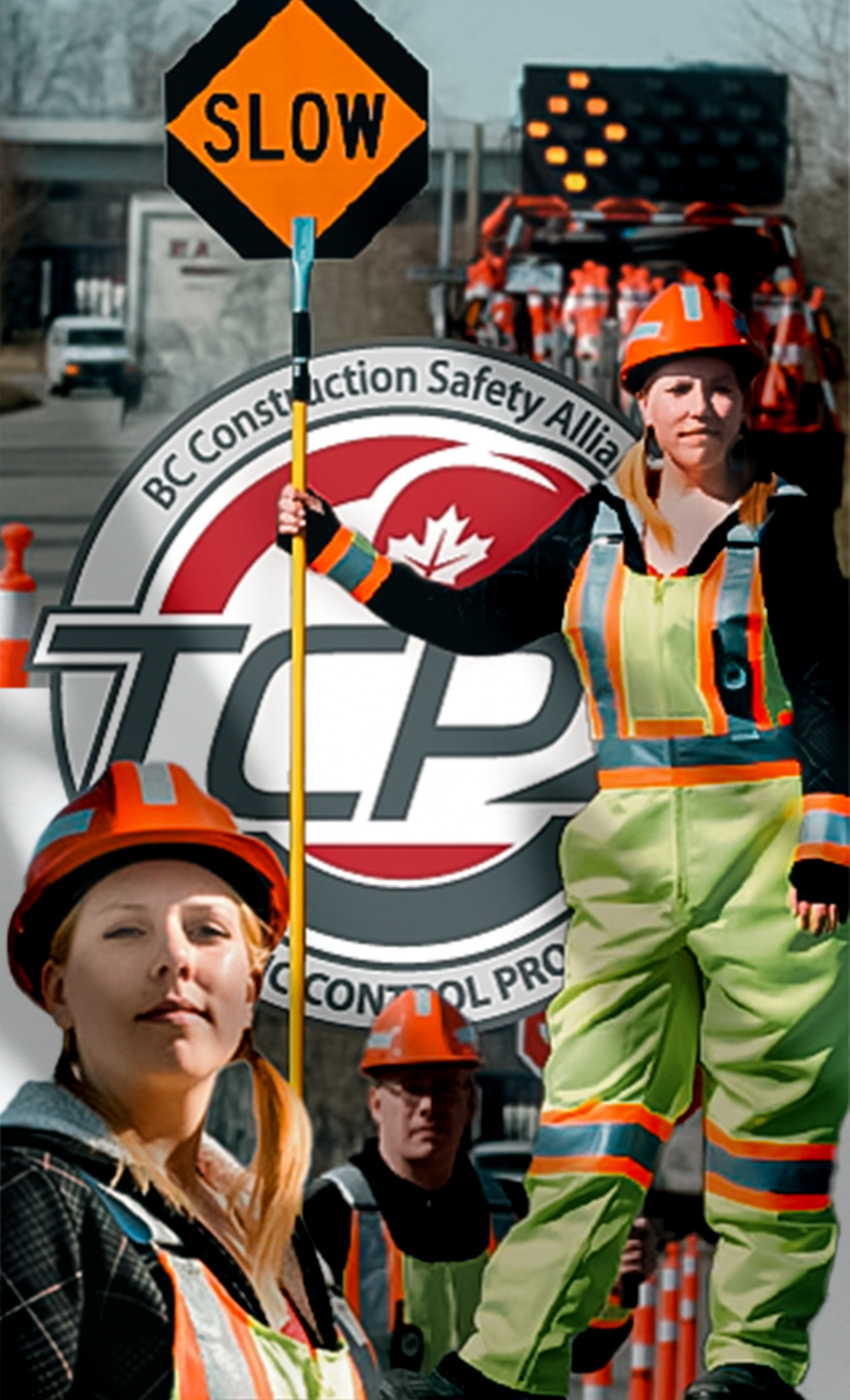
Why Get Your TCP Card
-
Industry Recognition
The BCCSA's TCP Program is the longest-running of its kind in British Columbia and is considered the gold standard by many BC employers. Known for its high-quality training, the BCCSA is highly respected within the construction industry. Earning a TCP certification through the BCCSA not only boosts your skills but can also add to your credibility in the field. -
Regulatory Compliance
BCCSA's TCP training is carefully designed to align with and cover all BC traffic control regulations and standards. -
Comprehensive Curriculum
Our training covers a broad range of topics, including risk assessments, traffic control plans, effective communication, equipment, and practical skills. Students receive the knowledge and practical skill needed to work safely as a TCP. Our comprehensive approach prepares you to meet the responsibilities of your role as a TCP with confidence. -
Emphasis on Safety
The BCCSA TCP Program is designed to foster a thorough understanding how to keep yourself and others safe. This focus on safety is a key element in ensuring a secure work environment. -
Hands-on Training
Our training program incorporates practical exercises that offer real-world experience. This hands-on approach equips you with the skills to manage traffic and make informed decisions while working in the field, fostering confidence. -
Confidence Building
The BCCSA TCP course uses a laddering approach that builds on information delivered in prior units. This technique along with a supportive learning environment provides our students with the confidence to acquire the new skills that are necessary to effectively control traffic. Developing new skills enhances your professional capabilities and contributes significantly to personal growth. -
Community Contribution
As a TCP, you play a vital role in helping to keep roadside workers and the public safe. Your role has a direct, positive effect on our communities.
The BCCSA is a WorkSafeBC approved training provider of Traffic Control Persons (TCPs) in BC
Traffic control is a cognitively demanding job that requires significant skills training. TCPs make decisions on behalf of drivers, workers and the public. They must be vigilant every second of their shift. It’s vital that TCPs are professionally trained to meet the needs of the industries they represent.
The TCP program covers the knowledge and practical skills needed to work safely in accordance with the WorkSafeBC Occupational Health & Safety Regulation (OHSR), Ministry of Transportation and Infrastructure (MoTI) standards and other regulatory requirements.
Eligibility
There are no program prerequisites. However, participants should:
- have a good command of spoken and written English;
- have a good understanding of the rules of the road (class 5 or other driver’s license is recommended);
- be mentally and physically prepared to do the required work; and
- have valid government issued photo ID.
Also, section 5.4.1 of the Traffic Management Manual for Work on Roadways Manual (TMM) states that TCPs should be physically and mentally prepared to do the required work, and should have the following characteristics:
- good vision
- good hearing
- alertness and mature judgement
- intelligence and common sense
- pleasant, cooperative disposition
- sense of responsibility for the safety of themselves and others
Process
- First time TCPs, register for the 2-Day TCP Course. This course involves an instructor-led classroom and on-road practical component.
- Successfully complete this course by passing both the knowledge exam with a minimum mark of 80% and the practical evaluation with 100%.
- You will be issued a TCP Record of Completion (ROC) card, valid for three years.
- To renew, register and successfully complete the 1-Day TCP Renewal Course. This course gives you a choice of an instructor-led classroom or self-paced elearning option.
- Successfully complete a TCP Renewal course by passing the knowledge exam (minimum score of 80%)
- You will be issued a new ROC valid for three years.
Courses
TCP Record of Completion Card
After successful course completion, you will be issued a TCP Record of Completion (ROC) card, qualifying you to control traffic on BC roads. Your ROC card is issued in both physical and digital formats. Your ROC card is valid for 3 years from the date you complete training.
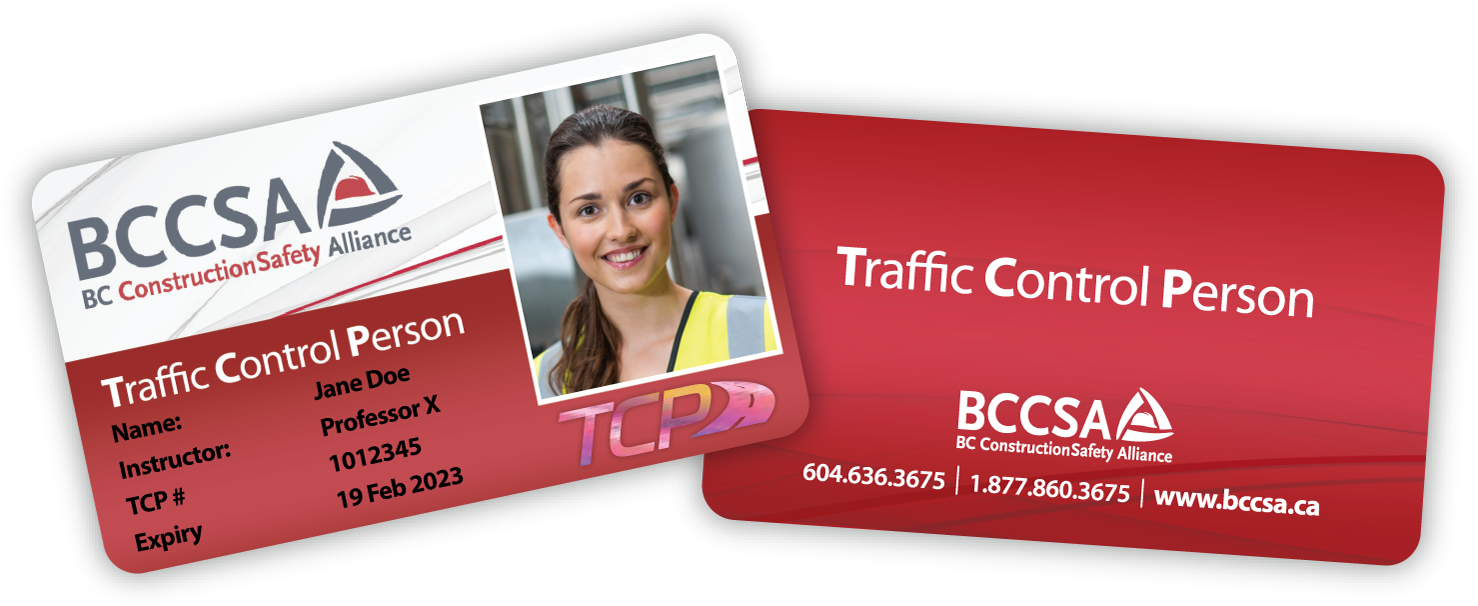

Get Started!
Find & register for your TCP Course
Courses are available throughout BC. Find the date and location convenient for you on the TCP Gateway:

Current Students & TCPs:
Log in to your TCP Gateway to access your
grades and download your Digital ROC Card.
Need Help? Have a Question?
Please see our TCP FAQs or Contact Us
We have staff who can help make your TCP experience as straightforward as possible!
- BCCSA TCP Program
- Phone: (604) 636-3675
- Toll Free: 1 (877) 860-3675
- E-mail: tcp@bccsa.ca
- Mon – Fri: 8:00am – 4:00pm
- Weekends & Holidays: Closed
BCCSA Training Formats
The BCCSA offers training in the following formats:
- Classroom. Classroom refers to classsroom Instructor-led training (ILT). This training is when an instructor facilitates a training session for learners in a classroom-setting. Learners have real-time access to the instructor for feedback and discussion.
- VILT. Virtual Instructor-led training (VILT) is when an instructor facilitates a training session for learners virtually through online video conferencing (i.e., Zoom). Learners have real-time access to the instructor for feedback and discussion. VILT technical requirements are listed on course detail pages.
- eLearning. eLearning refers to online training when a student learns at their own pace and location through a web browser.
- eLearning - ID Required. eLearning - ID Required refers to online training that is overseen by a proctor. This proctor is responsible for training integrity, and requires specific ID to verify learner identity.
- Practical. Practical is when an instructor facilitates a training session for learners in a real-world setting. Learners apply the theories they are learning into real-world, practical situations "on the road".
- Seminars & Webinars. Seminar refers to one or more presentations, discussions, and/or interactive activities focused on a particular topic. BCCSA Seminars may be held in person or online (a.k.a. "Webinars"), and can range in length from a few hours to several days.
- Conference. Conference refers to an event where people meet to share information, discuss ideas, learn, and network. BCCSA conferences usually span one or two days, featuring keynote speeches, panel discussions, and workshops. These conferences can be in-person, online, or hybrid, tailored to the event's requirements and attendee preferences.
- Eat & Greet. Eat & Greet is a casual event where people come together in a relaxed atmosphere for conversation, connection, and learning. This is an informal and friendly event to network and share information and ideas over a meal or refreshments.
- Private Course. Private courses can be held on-site in-person at your facility or virtually instructor-led. Through customized safety training, you can select the dates that work best for your employees and request specific topics to be covered more extensively. For more information, please contact training@bccsa.ca.
BCCSA training may be delivered in one or more of the above formats.
Ministry of Transportation and Infrastructure (MoTI)
The Ministry of Transportation and Infrastructure plans and improves transportation networks, builds new infrastructure, provides transportation services, and implements transportation policies, to allow for the safe and efficient movement of people and goods.
Occupational Health & Safety Regulation (OHSR)
Aliases: OHS Regulation The Regulation OHS LegislationThe OHSR contains legal requirements that must be met by all workplaces under the inspectional jurisdiction of WorkSafeBC under the authority of the Workers Compensation Act .
Many sections of the OHSR have associated guidelines and policies.
The purpose of the OHSR is to promote occupational health and safety and to protect workers and other persons present at workplaces from work-related risks to their health, safety, and well-being. Compliance with the requirements provides the basis on which workers and employers, in cooperation, can solve workplace health and safety problems. The requirements are not an end in themselves, but are a foundation upon which to build an effective health and safety program.
More Info:
- WorkSafeBC's Occupational Health & Safety Regulation (OHSR)
- WorkSafeBC's Searchable OHS Regulation & related materials
TRANSFER & CANCELLATION POLICY
Transfer/Cancellation
To transfer or cancel a registration, you must send a written confirmation to training@bccsa.ca If written notification is not received within the stated time frame, the full course fee will be charged.
- In Person: Contact the training department 7 full days in advance to cancel an in-person course.
- VILT (Zoom): Contact the training department 14 full days in advance to cancel a VILT course
The BCCSA and its venue partners reserve the right to cancel any courses due to insufficient enrollment or other causes. In this case, you will be notified by the BCCSA through phone call or email at least 5 business days prior to the course.
Website Login
Please sign in with your BCCSA account:
Reset Your Password
Please enter your e-mail address below. A password reset code will be e-mailed to you, which you'll use when creating a new password for your account.
AI Disclaimer
The BCCSA AI Assistant provides general guidance and information based on available data. It is not a substitute for professional, legal, or safety advice.
While we aim for accuracy, AI can make mistakes. Responses may not always reflect the latest information, rules & regulations, industry best practices, or site-specific conditions. Always verify critical information with official sources or a qualified expert before making decisions.
By using this AI assistant, you acknowledge that BCCSA is not responsible for any errors, omissions, or misinterpretations resulting from reliance on AI-generated responses.


